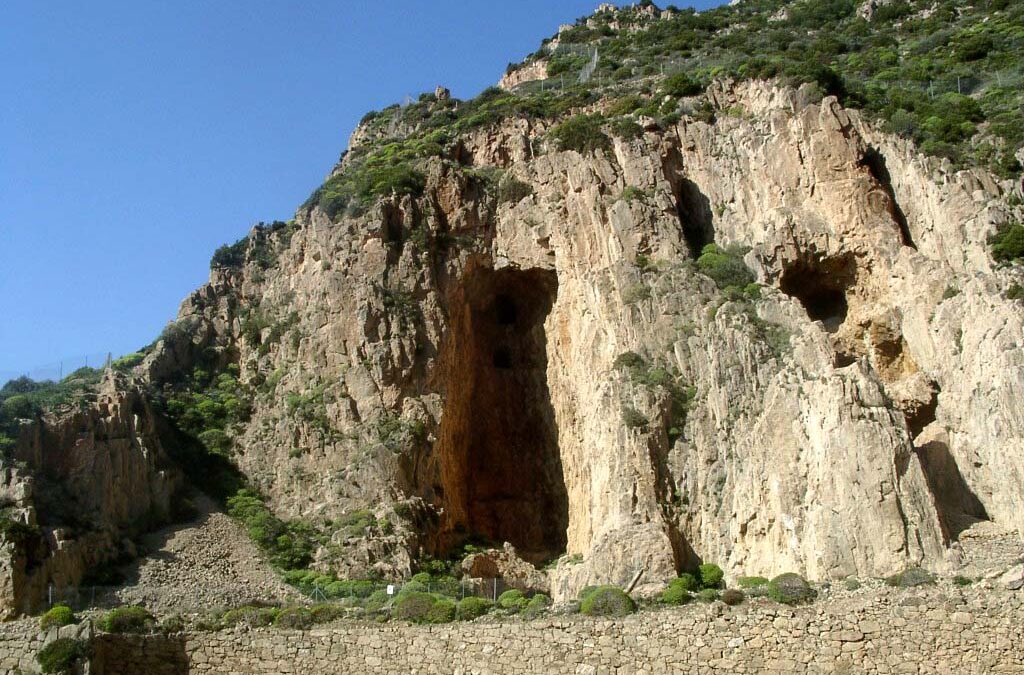Mining is one of the most essential industries in the world, providing resources that fuel innovation and development. However, the working conditions in the mines: underground vs surface mines reveal stark contrasts in environments, risks, and safety measures. Understanding these differences helps us appreciate the unique challenges miners face and the measures taken to ensure their safety and well-being. This article explores how working conditions differ between underground and surface mining operations and the ongoing efforts to improve these environments.
What are the Main Differences in Working Environments Between Underground and Surface Mines?
Underground mining involves working in confined spaces deep beneath the earth, often in dimly lit tunnels with limited access to natural ventilation. Surface mining, on the other hand, occurs in open-pit or strip mines, offering ample space and natural light.
While underground miners face isolation and restricted mobility, surface miners contend with exposure to varying weather conditions and the vastness of open environments.
How Does the Type of Machinery Used Differ Between Underground and Surface Mining?
The machinery used in underground mining is compact, designed to navigate narrow tunnels. Common equipment includes drilling rigs, shuttle cars, and roof bolters. Surface mining relies on large-scale equipment like draglines, bulldozers, and haul trucks capable of moving massive quantities of earth.
The machinery reflects the unique demands of each environment, with underground tools prioritizing maneuverability and surface equipment emphasizing capacity.
How do Ventilation Systems Differ in Underground Mines Versus Surface Mines?
Ventilation is critical in underground mines to prevent the accumulation of hazardous gasses like methane and carbon monoxide. Sophisticated ventilation systems circulate fresh air and regulate temperatures.
In surface mines, ventilation is less complex, relying on natural air circulation. However, dust control remains a priority, often managed with water sprays and air filtration systems.
How do Exposure Levels to Dust and Chemicals Compare in Underground Versus Surface Mining?
Underground miners face higher risks of inhaling toxic gasses and dust due to confined spaces and poor air quality. The use of explosives also contributes to chemical exposure. Surface miners are more exposed to particulate matter from blasting and machinery operations, with wind carrying dust particles over long distances.
Protective measures, like respirators and dust suppression systems, are crucial in both settings but vary in implementation.
What Safety Hazards are Unique to Underground Mining Compared to Surface Mining?
Underground mining presents specific dangers, including:
- Cave-ins: The collapse of tunnels poses life-threatening risks.
- Gas Explosions: Methane buildup can lead to deadly blasts.
- Restricted Escape Routes: Limited exits complicate emergency evacuations.
Surface mining hazards, while different, include:
- High-Impact Equipment Accidents: Larger machinery increases the risk of severe injuries.
- Weather-Related Risks: Extreme temperatures and storms can disrupt operations.
What Measures are Taken to Ensure Worker Safety in Both Types of Mines?
Safety measures are tailored to the risks of each mining type:
- Underground: Roof supports, gas detection systems, and regular air quality monitoring.
- Surface: Training on heavy machinery operation, dust suppression, and weather preparedness.
Both environments require comprehensive safety protocols and frequent inspections to mitigate risks.
What Kind of Training do Workers Receive for Underground and Surface Mining Operations?
Training programs focus on the specific demands of each environment:
- Underground Miners: Learn about tunnel navigation, gas detection, and emergency evacuations.
- Surface Miners: Receive training on operating heavy machinery, managing dust exposure, and environmental preservation.
Safety drills and refresher courses are integral to maintaining skill levels and preparedness.
How do Work Hours and Shifts Differ Between Underground and Surface Mining?
Underground mining often involves longer shifts due to the time required to descend and ascend from work sites. Surface mining operations typically follow standard shift lengths, though schedules may be influenced by weather conditions.
Both types of mining demand flexibility, with miners often working nights, weekends, and holidays.
What Mental Health Challenges Might Miners Face in Both Operations?
Miners in both environments face mental health challenges, such as:
- Isolation: Particularly in underground settings, where contact with the outside world is limited.
- Stress: Pressure to meet production goals and manage safety risks.
- Fatigue: Long shifts and physically demanding work take a toll on mental well-being.
Support systems, such as counseling and mental health training, are essential to address these issues.
How do Support Systems Differ for Miners in These Environments?
Support systems are designed to meet the distinct needs of underground and surface miners:
- Underground: Focus on emergency preparedness, ventilation, and communication technology to maintain contact with surface teams.
- Surface: Emphasize environmental safety measures and access to health facilities near the mine site.
Community support, peer networks, and company-provided resources also play a role in ensuring miner well-being.
MSHA’s Dedication to Both Underground and Surface Mine Working Conditions
The Mine Safety and Health Administration (MSHA) enforces stringent regulations for both types of mining:
- Conducting regular inspections to identify hazards.
- Providing training resources tailored to underground and surface environments.
- Supporting technological advancements to enhance safety and efficiency.
MSHA’s commitment ensures that miners can work in safer, more secure environments.

Comparing the Realities of Underground and Surface Mining Operations
The working conditions in the mines: underground vs surface mines highlight the diverse challenges and risks inherent in each setting. While underground mining demands resilience in confined spaces, surface mining requires adaptability to open and variable environments. Continuous advancements in safety measures, training, and technology reflect the industry’s dedication to protecting its workforce. Understanding these differences not only honors the efforts of miners but also underscores the importance of ongoing improvement in the mining industry.

